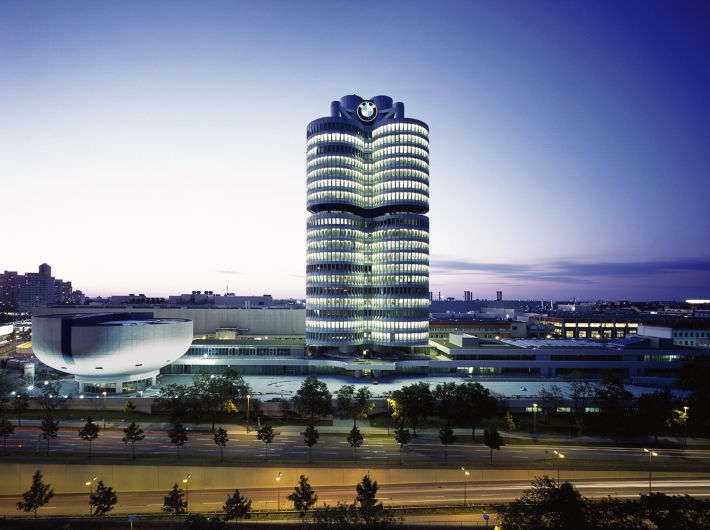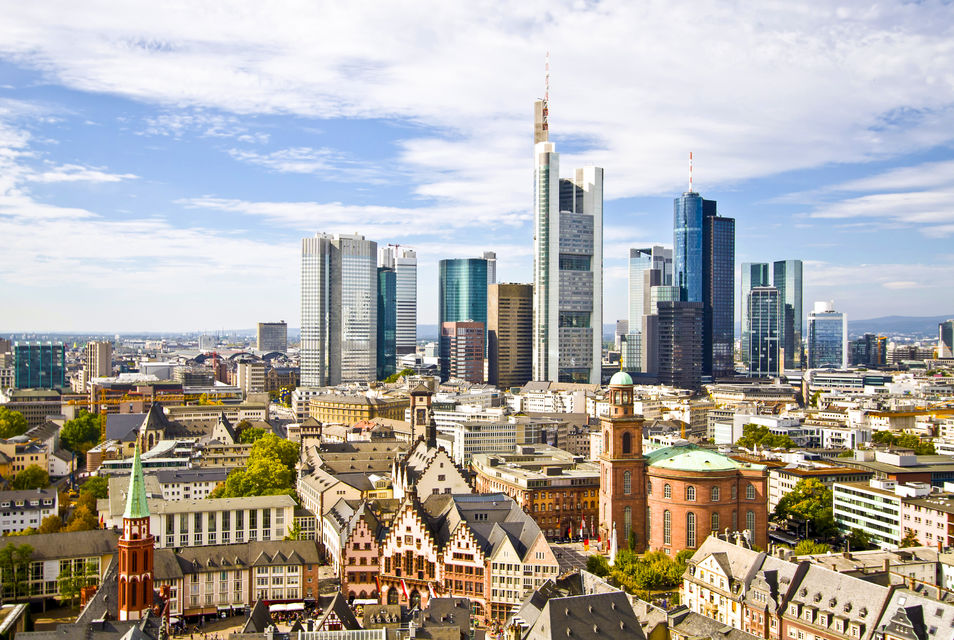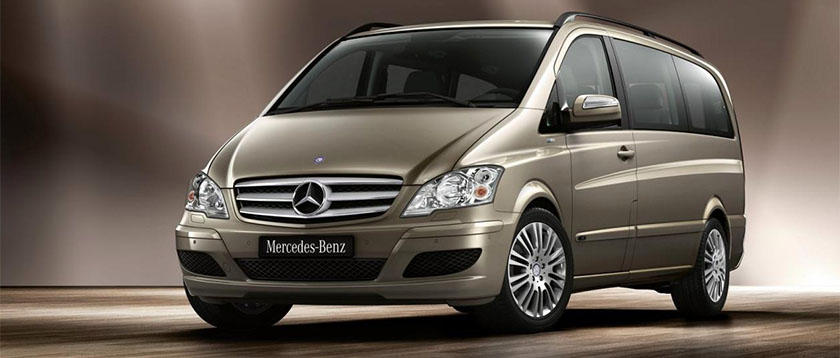Germany-Austria-Italy Grand Tour Travel Guide
Introduction
This comprehensive travel guide outlines a classic Central European itinerary, looping from Frankfurt in Germany down through Austria and into the heart of Italy, before returning north. This route combines the efficiency of Germany's Autobahns, the stunning beauty of the Austrian Alps, and the unparalleled art, history, and cuisine of Italy. The journey is ideally suited for a multi-week road trip or a series of well-connected train journeys, offering a rich tapestry of urban exploration, historical discovery, and breathtaking natural landscapes.
Itinerary Overview
The route is a circular tour starting and ending in Frankfurt, Germany. The major stops are:
Germany: Frankfurt, Ingolstadt, Munich
Austria: Innsbruck
Italy: Venice, Florence, Rome, Tuscany (Various Towns), Pisa, Cinque Terre, Italian Lakes (e.g., Como), Milan
Return via Austria & Germany: Innsbruck, Neuschwanstein Castle, Munich, Frankfurt
The total driving distance is approximately 3,000-3,500 km. A minimum of 14-21 days is recommended to enjoy this journey without being rushed.
Detailed Destination Guide
Frankfurt, Germany
Frankfurt am Main is Germany's financial hub and a major transportation gateway. While modern and skyscraper-dominated, it boasts a charming, reconstructed old town.
Key Attractions:
Römerberg: The historic heart of Frankfurt with picturesque half-timbered houses.
St. Bartholomew's Cathedral (Frankfurter Dom): A 14th-15th century Gothic cathedral.
Museumsufer (Museum Embankment): A cluster of museums on both sides of the River Main.
Main Tower: Offers a spectacular panoramic view of the city.
Practical Information:
Accommodation: Options range from luxury hotels in the banking district to mid-range and budget options near the Hauptbahnhof (main station).
Cuisine: Try Frankfurter Würstchen (sausages) and Apfelwein (apple wine) in a traditional apple wine tavern in the Sachsenhausen district.
Transport Tip: Frankfurt Airport (FRA) is one of Europe's busiest. The city center is easily reached by S-Bahn (suburban train).
Ingolstadt, Germany
A Bavarian city on the Danube River, known for its well-preserved old town and its deep connection to the automotive industry.
Key Attractions:
Audi Forum Ingolstadt: A must for car enthusiasts, featuring a museum, factory tours, and delivery center for new Audi owners.
Old Town (Altstadt): Explore the Kreuztor gate, the New Castle (now home to the Bavarian Army Museum), and the Asam Church.
Ingolstadt Village: A popular outlet shopping mall just outside the city.
Practical Information:
Stopover: Often used as a convenient stop between Frankfurt and Munich, especially for shopping or car enthusiasts.
Munich (München), Germany
The capital of Bavaria, Munich seamlessly blends traditional German culture with a modern, cosmopolitan vibe. It is a city of world-class museums, beautiful parks, and beer halls.
Key Attractions:
Marienplatz: The central square, home to the New Town Hall and its famous Glockenspiel.
Hofbräuhaus: The world's most famous beer hall.
English Garden: One of the world's largest urban parks, with a Chinese pagoda and river surfers.
Nymphenburg Palace: A magnificent Baroque palace with extensive gardens.
Deutsches Museum: One of the world's largest and oldest science and technology museums.
Dachau Concentration Camp Memorial Site: A sobering and important historical site located a short train ride from the city center.
Practical Information:
Cuisine: Weisswurst (white sausage), Schweinshaxe (pork knuckle), Brezen (pretzels), and of course, beer.
Transport: Munich has an excellent U-Bahn (subway) and S-Bahn system. The city is very walkable in the center.
Day Trips: A perfect base for day trips to Neuschwanstein Castle or Salzburg.
Innsbruck, Austria
Nestled in the heart of the Alps, Innsbruck is the capital of Tyrol and is famous for its imperial and modern history, surrounded by spectacular mountain scenery.
Key Attractions:
Golden Roof (Goldenes Dachl): The city's most famous symbol, a roof adorned with 2,657 fire-gilded copper tiles.
Nordkette Cable Car: Takes you from the city center directly into the high Alps for breathtaking views. Part of the "Hungerburgbahn" designed by Zaha Hadid.
Imperial Palace (Hofburg): A grand imperial residence.
Bergisel Ski Jump: An iconic Olympic ski jump with a panoramic platform and cafe.
Practical Information:
Cuisine: Tiroler Gröstl (a pan-fried dish with potatoes, bacon, and onion), Kaiserschmarrn (shredded pancake), and Speck.
Alpine Pass: The drive from Germany to Italy through the Brenner Pass is stunning. Tolls apply for using the motorway tunnels.
Venice (Venezia), Italy
A city built on water, Venice is an unparalleled masterpiece of art, architecture, and engineering. It is a labyrinth of canals, bridges, and narrow alleyways.
Key Attractions:
Piazza San Marco (St. Mark's Square): The city's main public square, home to St. Mark's Basilica and the Campanile (bell tower).
Doge's Palace: A masterpiece of Gothic architecture, once the seat of Venetian government.
Rialto Bridge: The oldest and most famous bridge spanning the Grand Canal.
Grand Canal: Take a vaporetto (water bus) or gondola ride along the main waterway.
The Islands of Murano and Burano: Famous for glassblowing and colorful fishermen's houses, respectively.
Practical Information:
Parking/Arrival: 


